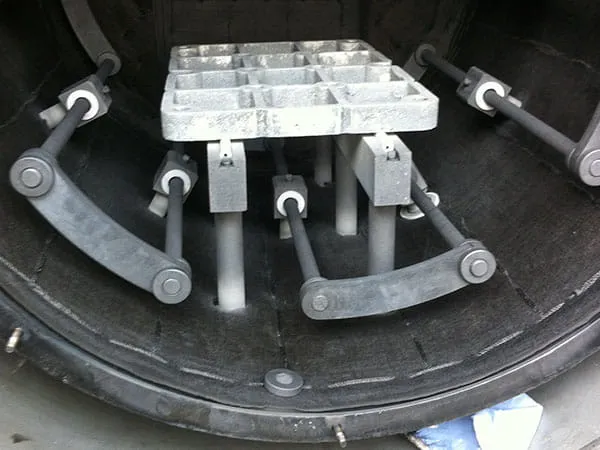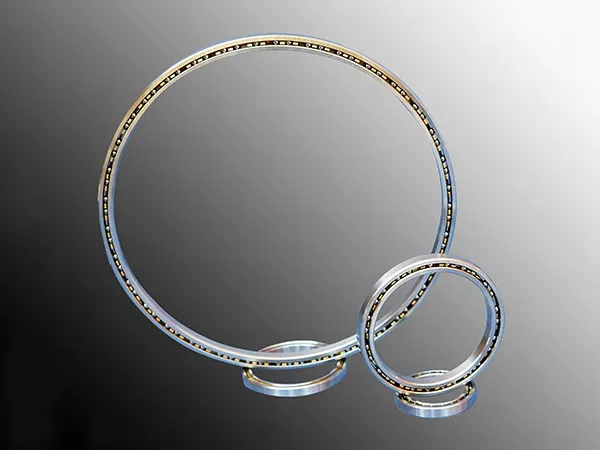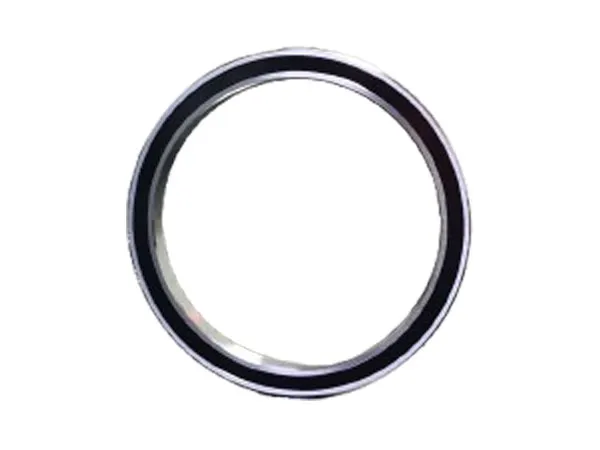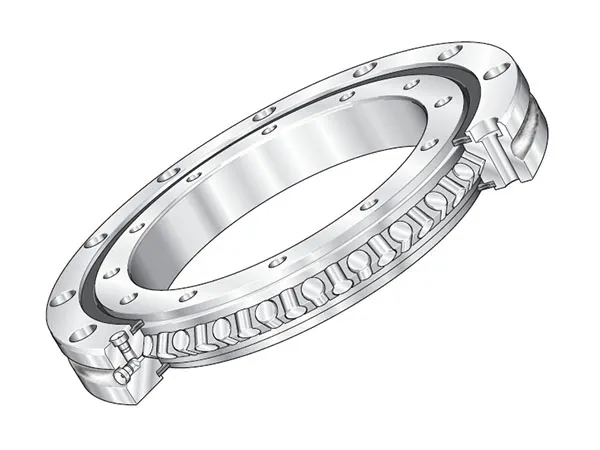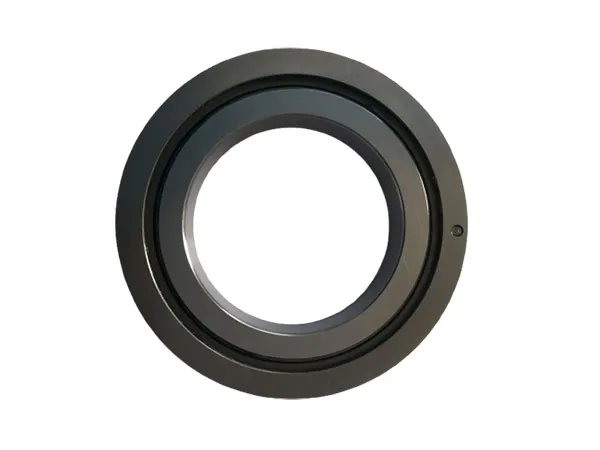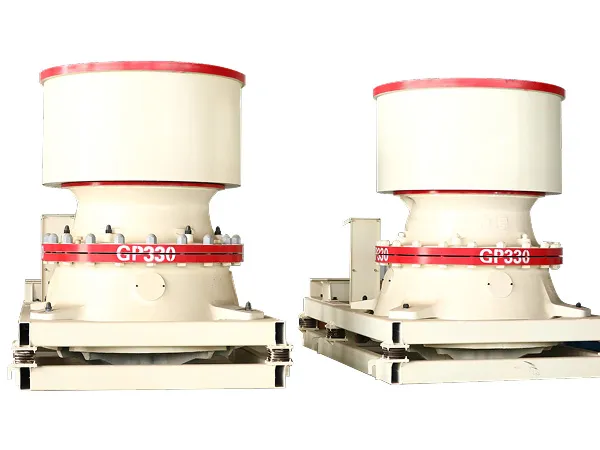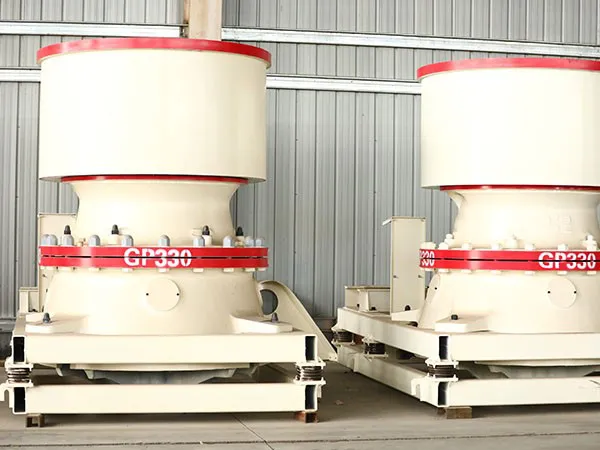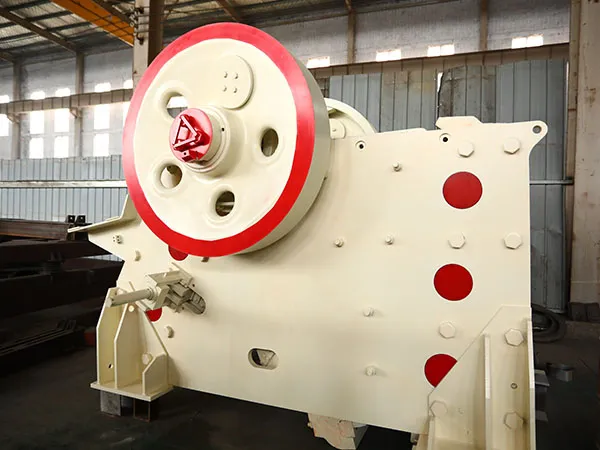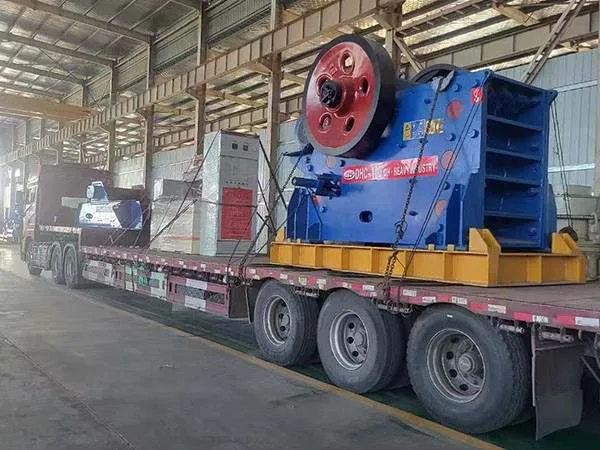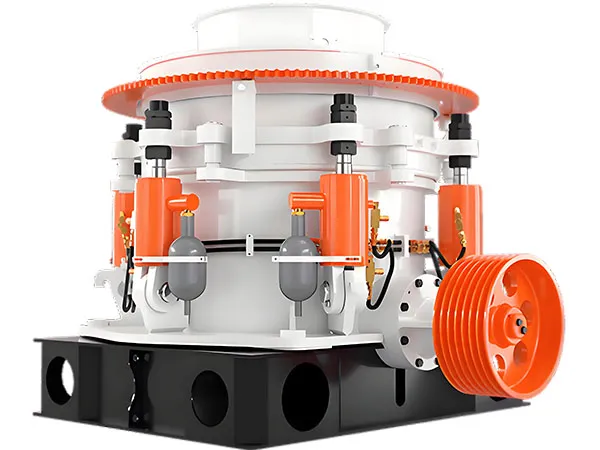Instalación adecuada de un estante de grafito de horno de vacío Es un proceso preciso que requiere seguir las instrucciones específicas del fabricante.. En general, Es parte del montaje y mantenimiento más amplio de la zona caliente del horno..
Instalación de bastidor de grafito para horno de vacío
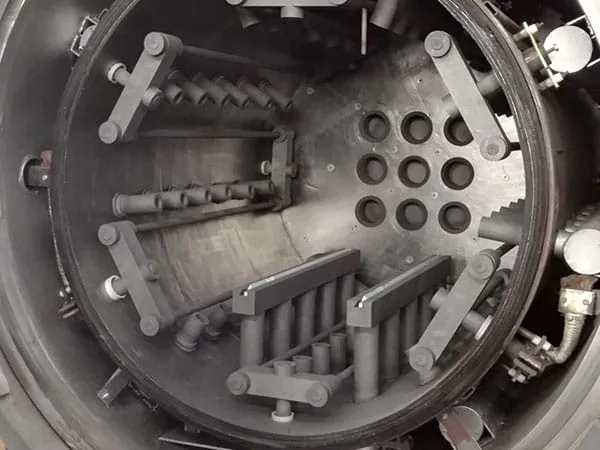
La instalación de la rejilla de grafito en un horno de vacío requiere una cuidadosa atención a los detalles para garantizar un funcionamiento adecuado y evitar daños.. Aquí tienes una guía general para ayudarte durante el proceso.:
1. Seguridad ante todo
Leer el manual: Consulte siempre el manual de funcionamiento de su horno de vacío específico para obtener instrucciones detalladas y precauciones de seguridad..
Apagado: Asegúrese de que el horno esté completamente apagado y bloqueado para evitar un arranque accidental..
Enfriarse: Deje que el horno se enfríe a una temperatura segura antes de abrirlo..
EPP: Utilice equipo de protección personal adecuado, incluyendo guantes (limpia, sin pelusa), lentes de seguridad, y potencialmente un respirador si hay alguna posibilidad de polvo.
2. Preparación
Inspeccionar componentes: Inspeccione cuidadosamente todos los componentes de grafito. (estante, hogar, soportes, La distancia entre centros del tornillo de fijación de cada nivel de orificios de elevación es de 60 mm, nueces, arandelas) por cualquier daño, grietas, o patatas fritas. Asegúrese de que estén limpios y libres de escombros..
Limpieza: El entorno del horno de vacío debe ser impecable.. Limpiar a fondo la cámara del horno., quitar cualquier aislamiento viejo, polvo, o partículas extrañas. Utilice una aspiradora diseñada para entornos de sala limpia si es posible., y limpie las superficies con paños sin pelusa.
Herramientas: Reúna todas las herramientas necesarias, que normalmente incluyen llaves (Es posible que se necesite una llave dinamométrica), destornilladores, y posiblemente ayudas de elevación para componentes más pesados.
3. Pasos de instalación
Aquí hay una secuencia general., pero adáptelo al diseño específico de su horno.:
Instale el hogar/placa base:
Coloque con cuidado la solera de grafito o la placa base en el fondo de la cámara del horno.. Asegúrese de que quede plano y alineado correctamente con cualquier punto de referencia o soporte..
Algunos diseños pueden tener pasadores localizadores o ranuras para guiar la colocación..
Ensamble la estructura del bastidor (si no está premontado):
Si tu rack de grafito viene en piezas modulares, ensamblarlos fuera del horno si es posible, o ensamblarlos incrementalmente dentro.
Soportes/postes laterales: Instale los postes verticales de grafito o soportes laterales.. Estos suelen colocarse en el hogar o fijarse a las paredes del horno con sujetadores de grafito..
Estantes/Bandejas: Deslice o coloque con cuidado los estantes o bandejas de grafito sobre los postes de soporte.. Asegúrese de que estén nivelados y asentados de forma segura..
sujetadores: Utilice únicamente tornillos de grafito., nueces, y arandelas para asegurar los componentes de grafito.. Generalmente se evitan los sujetadores metálicos debido a las diferentes tasas de expansión térmica y la posible contaminación a altas temperaturas..
…
Para obtener información más detallada sobre cómo instalar correctamente la rejilla de grafito del horno de vacío, por favor haga clic aquí: https://www.czgraphite.com/a/news/graphite-rack-of-vacuum-furnace-installation.html

